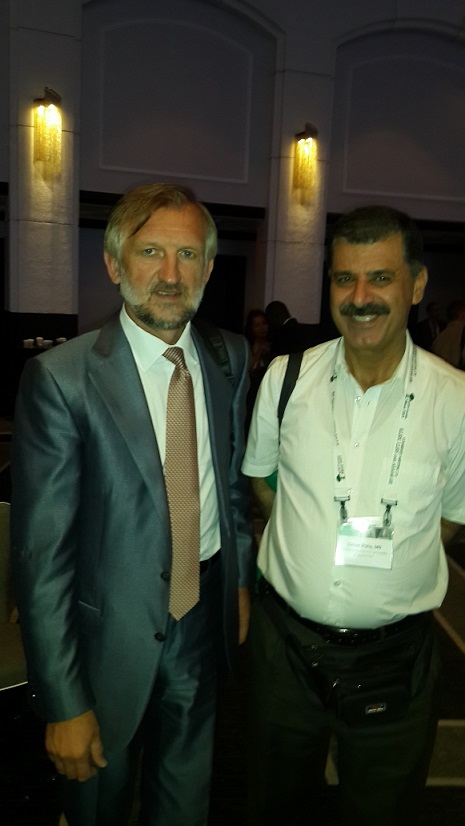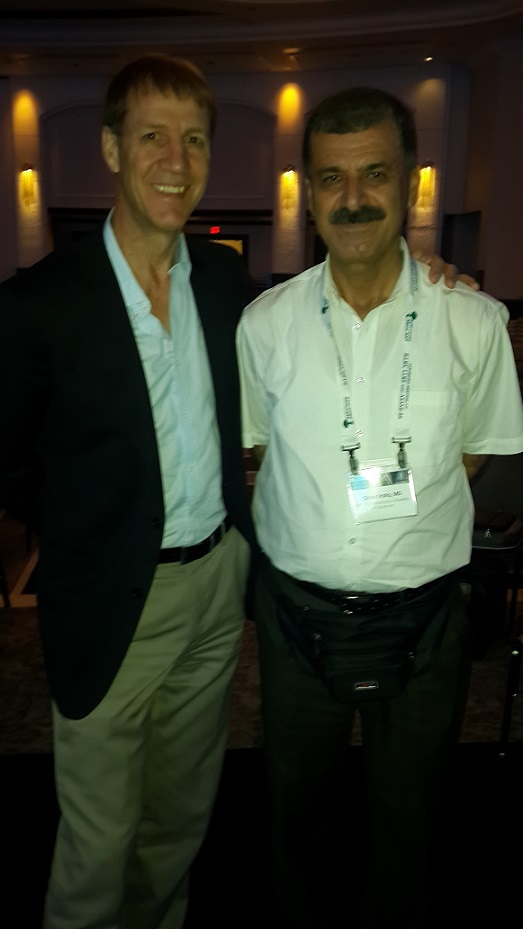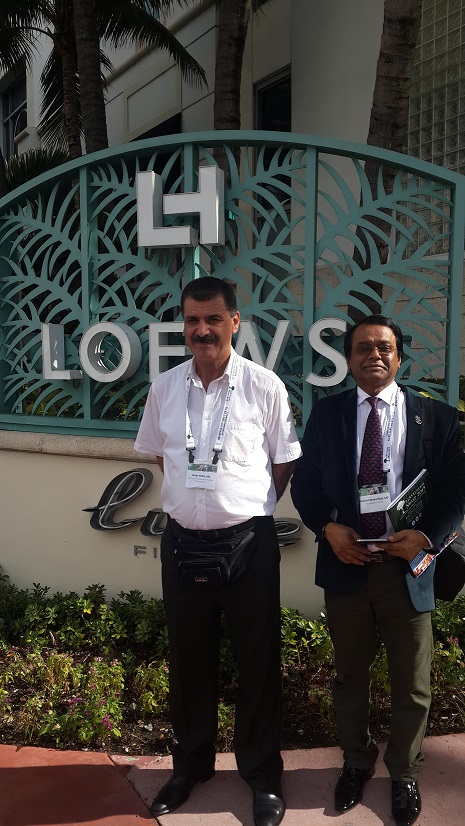Baraw ILizarov Centre











|
Orthopaedic surgeons treat a range of musculoskeletal conditions which include trauma (car accidents) degenerative diseases (hip replacements), infections (bone infections from bacteria), tumours (bone cancers) congenital disorders (scoliosis) and sports injury.
Orthopaedic is a word derived from the Greek orthos (to correct, straighten) and paideion (child). The word was first used by Nicholas Andry in his 1741 publication on “The Art of Correcting Spinal Deformities in Children”. The first hospital established to treat children’s skeletal deformities was in 1780 by Jean-Andre Venel and he is considered to be the first orthopaedic surgeon.
The next major step was by a Dutch military surgeon who invented plaster of Paris in 1851. Antonius Mathysen was horrified that Middle Ages technology was still being used on the battlefield to try to set bones. This was where injuries were bound in bandages soaked in horses blood to form a stiff splint, but it was so unsanitary that the infections that arose were horrendous.
The next stage was the development of traction and external splinting used in the First World War where patients required months of splinting and traction to recover from their injuries. Gerhard Kuntscher developed intramedullary rods which were inserted internally to treat femur and tibia fractures. This was a major advance and improved the recovery rate of German soldiers injured in WW2.
In the 1950s two important advances were made. One to treat war injuries and the other to assist age related degeneration.
The first was by Gavril ILizarov in the USSR. He was sent to Siberia to look after injured Siberian soldiers. He had no equipment and found crippling conditions with increased infections, misaligned fractures and poor healing. Like many orthopaedic surgeons innovation is the name of the game and so he devised a ring with external fixators, tensioned like the spokes of a bicycle. In fact he used the local bicycle shop to help him. This Ilizatorus apparatus is still used today. Gavril was able to achieve improved healing, realignment and lengthening to a degree previously unheard of.
The second was the first successful total hip replacement by a British orthopaedic surgeon Sir John Charnley. Previously other surgeons had attempted to replace part of the hip with the first reported operation by Gluck in 1891 where an ivory ball was used to replace the femoral head.
Hip replacements are where the damaged or diseased part of the hip joint is removed and replaced with artificial parts. The correct term is called hip arthroplasty which comes again from the Greek arthros (joint) and plassein (to form or shape). Arthroplasty surgery today is much wider than just hips and is the type of surgery used to replace or reconstruct a joint, whether hip, knee, ankle, shoulder, elbow or wrist.
The artificial joint is called prosthesis and for hips can be made of metal, ceramic, plastic or a combination of all three. Indeed when hip replacements were first being developed the innovative surgeons were alleged to have borrowed (permanently) their wives silver desert spoons, the shape was almost right and the sterling silver malleable but firm enough on setting, plus the silver didn’t ionise in the body. John Charnley’s work on total hip replacements is famous and for many years a Charnley implant was the the best and longest lasting hip implant on the market.
Today orthopaedic surgery has seven main branches:
Spine, Hip, Knee, Foot and Ankle, Hand and Wrist, Shoulder and Elbow, and Paediatrics
Orthopaedic surgeons are involved in musculoskeletal scientific research used to assist them hone their art of reconstructive surgery and to make surgery less invasive and the components they implant, whether metal, plastic or ceramic, better and more durable.
|
|
|



